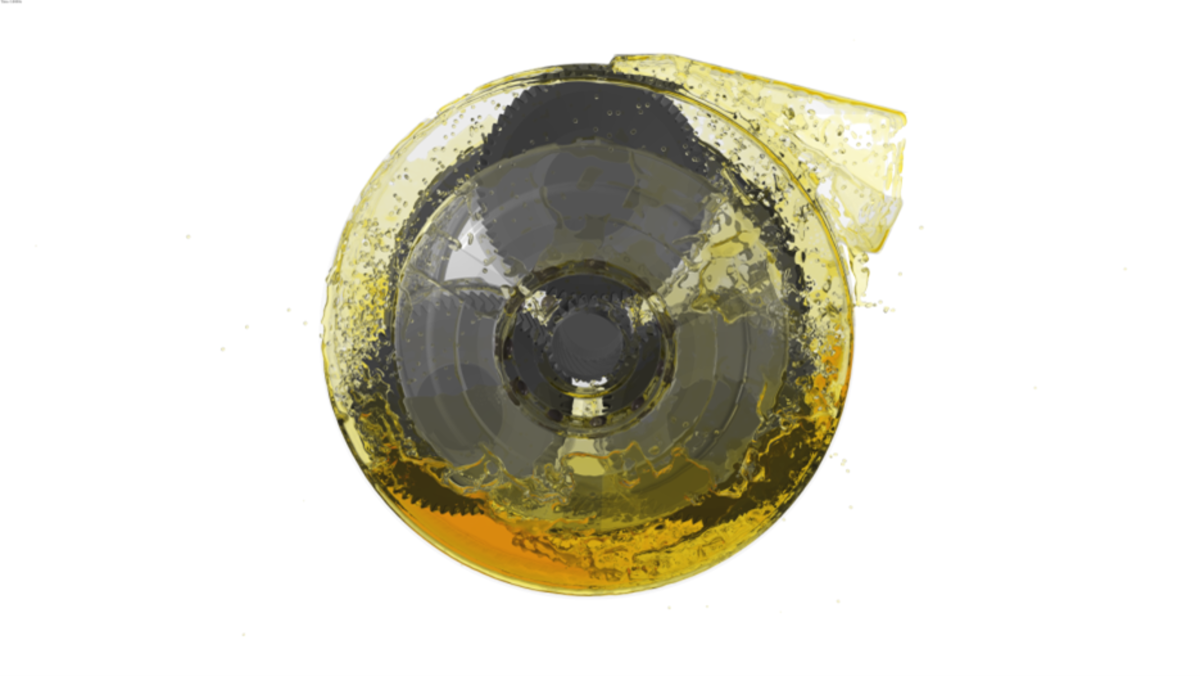Increase added value in prototyping

Gear oil simulations are immensely complex, since flow with structure, oil with air, but also the movement of different gears and bearings must be calculated within the framework of a simulation. For the calculation of these complex processes, different software programs are used and high computing power with corresponding calculation time is required. Under the name "Merkle & Partner Öl-Sim", Merkle & Partner offers these complex simulations not only true to reality, but also in foreseeable calculation times - within a few days.
The concept for these well-founded simulations lies in a clearly defined methodology, well-founded expert knowledge for the target-oriented definition of the framework conditions and the software used. In addition, a computing network of 7 clusters with over 200 processors is used. "The simulation method was successively further developed with several OEMs and initial suppliers and finally transferred to a special simulation toolbox. The successful use in numerous projects within the last five years confirms the success of the method. Numerous final real tests have confirmed the results calculated in the simulations," says Stefan Merkle, Managing Director of Merkle & Partner.
Global flow effects such as functionality of oil reservoirs, oil holes and guiding elements in the housing wall, can thus be calculated and visualized quickly and effectively. Photo-realistic representations and effective post-processing capabilities also complement the method.
"With our 'Merkle & Partner Oil Sim', we offer a method with an enormous time advantage over conventional CFD methods. One of the decisive advantages lies in the extension of our M&P Oil-Sim simulation toolbox by the simulation software Preonlab. Hereby an evolutionary leap could be achieved compared to conventional CFD methods. With this, we use a gridless calculation method, which considerably accelerates geometry preparation and meshing," adds Stefan Merkle.
The aim of "Merkle & Parter Oil-Sim" is to provide significant support for design and testing in this complex area as well. The geometry of the parts to be calculated is taken directly from the CAD data and used for the simulation. Therefore, the simulation is particularly suitable for the early phase in the development.

